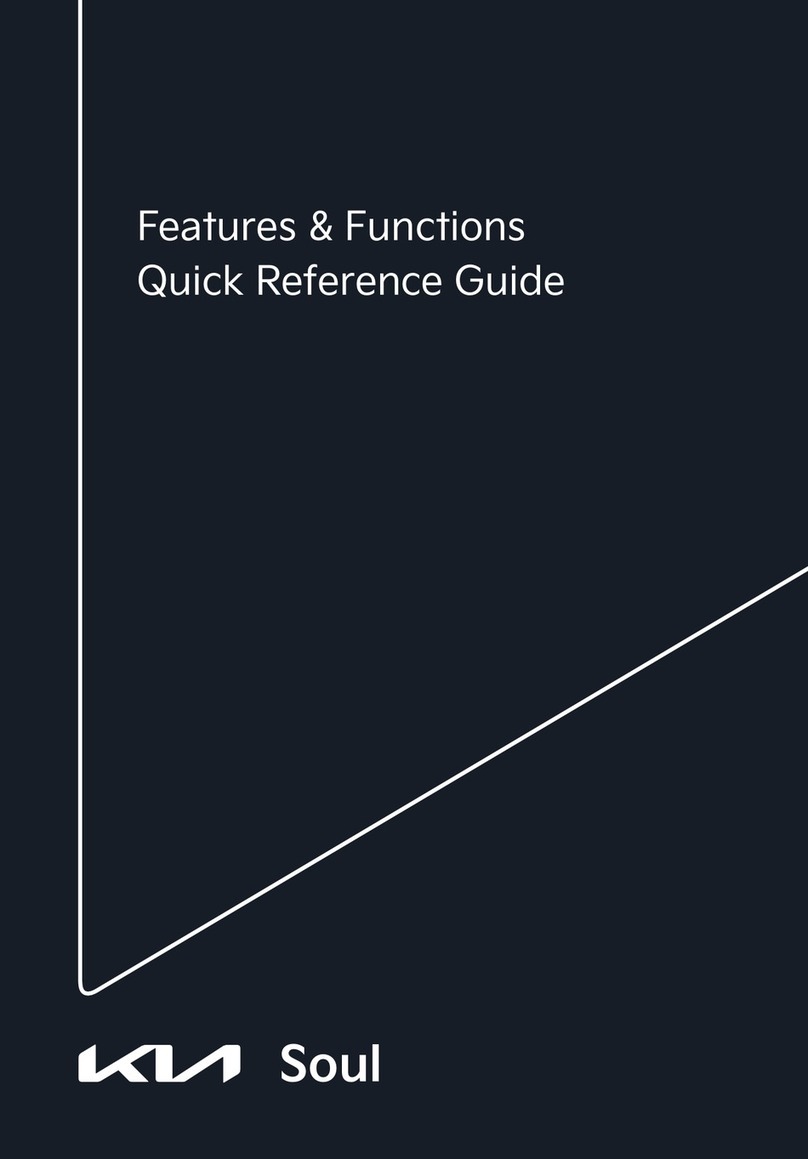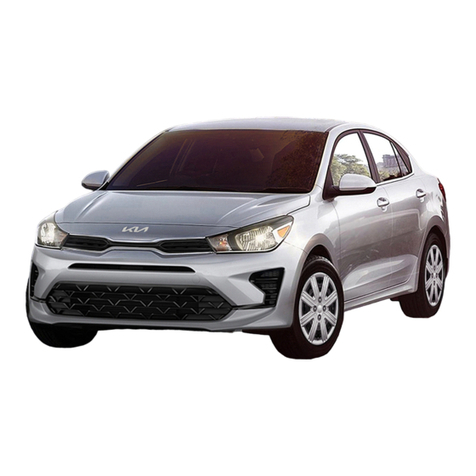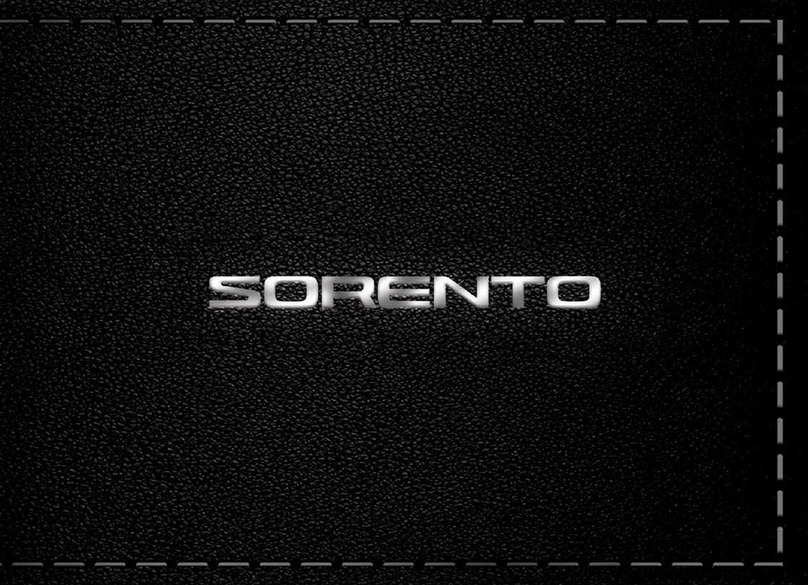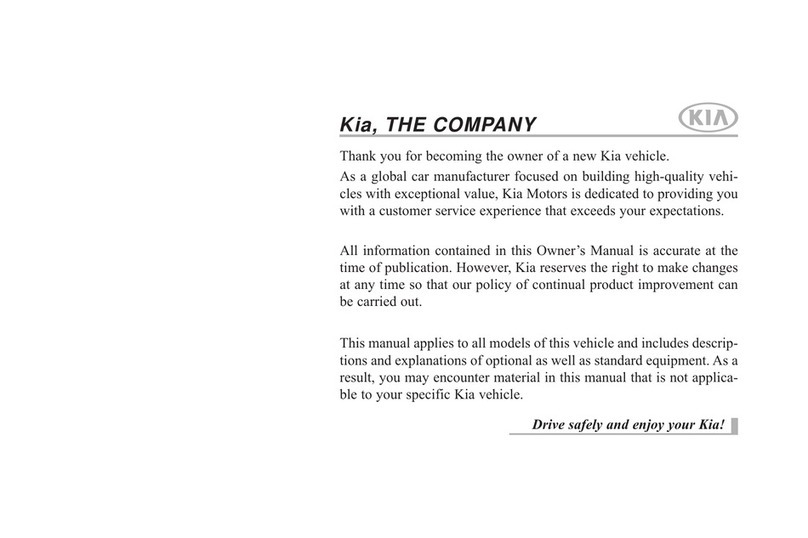
1
GENERAL INFORMATION
GENERAL
EATC0100
HOW TO USE THIS MANUAL
This manual is divided into 21 sections. The first page of each section is marked with a black tab at the edge of the
page. You can quickly find the first page of each section without looking through the whole table of contents.
Each section includes the essential removal, installation, adjustment and maintenance procedures for servicing all
body styles. This information is correct at the time of publication.
An INDEX is provided on the first page of each section to guide you to the appropriate item.
TROUBLESHOOTING tables are included for each system to help you diagnose the system problem and find the
cause. The repair for each possible cause is referred to in the remedy column to lead you to the solution quickly.
DEFINITION OF TERMS
Standard Value (Service standard)
Indicates the value used when a part or assembled item should be inspected, or the value to which a part or
assembled item should be adjusted after reinstallation. It is given by a tolerance.
Service Limit
Indicates the maximum or minimum value that a part or assembled item must meet when inspected. It is a value
established beyond the standard value.
NOTE, WARNING , CAUTION, ABBREVIATION
NOTE
Information needed in reference to a repair service.
CAUTION
Information about an activit
that could cause dama
e to the vehicle.
WARNING
Information about an activity that could cause injury or damage to the driver, occupants or
repairman.
ABBREVIATIONS
SOHC : Single Over Head Camshaft
VEHICLE IDENTIFICATION NUMBER LOCATION
The vehicle identification number (VIN) is located on the top of the fire wall.



















































